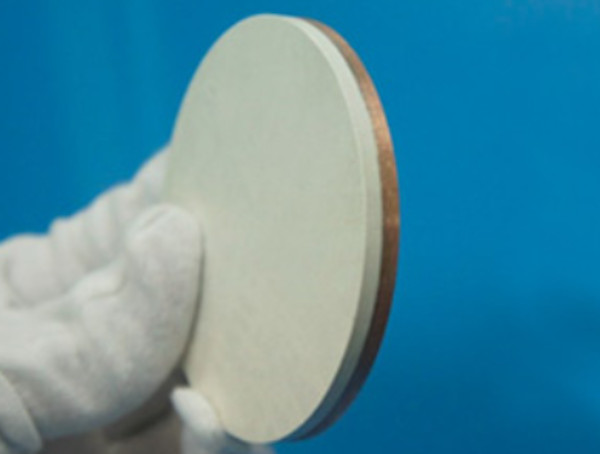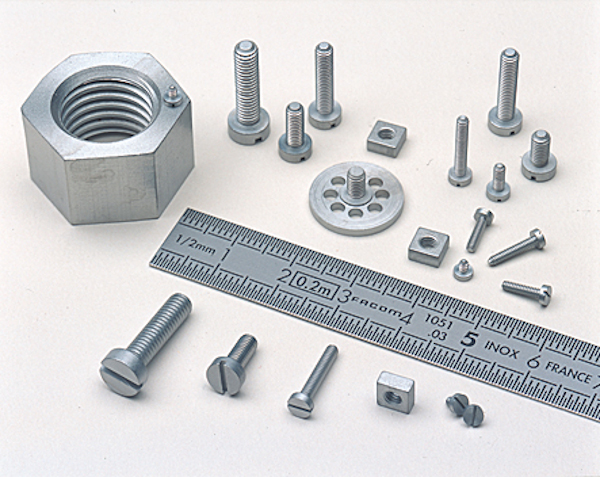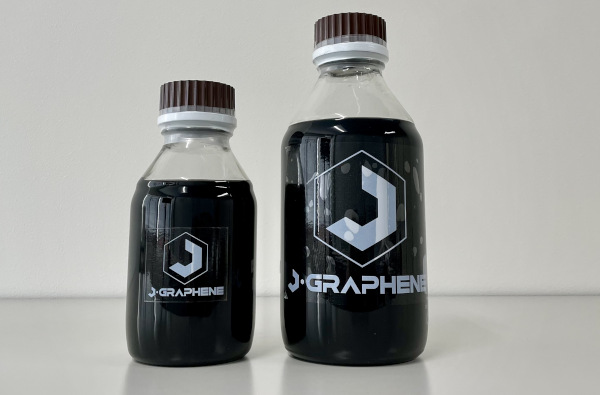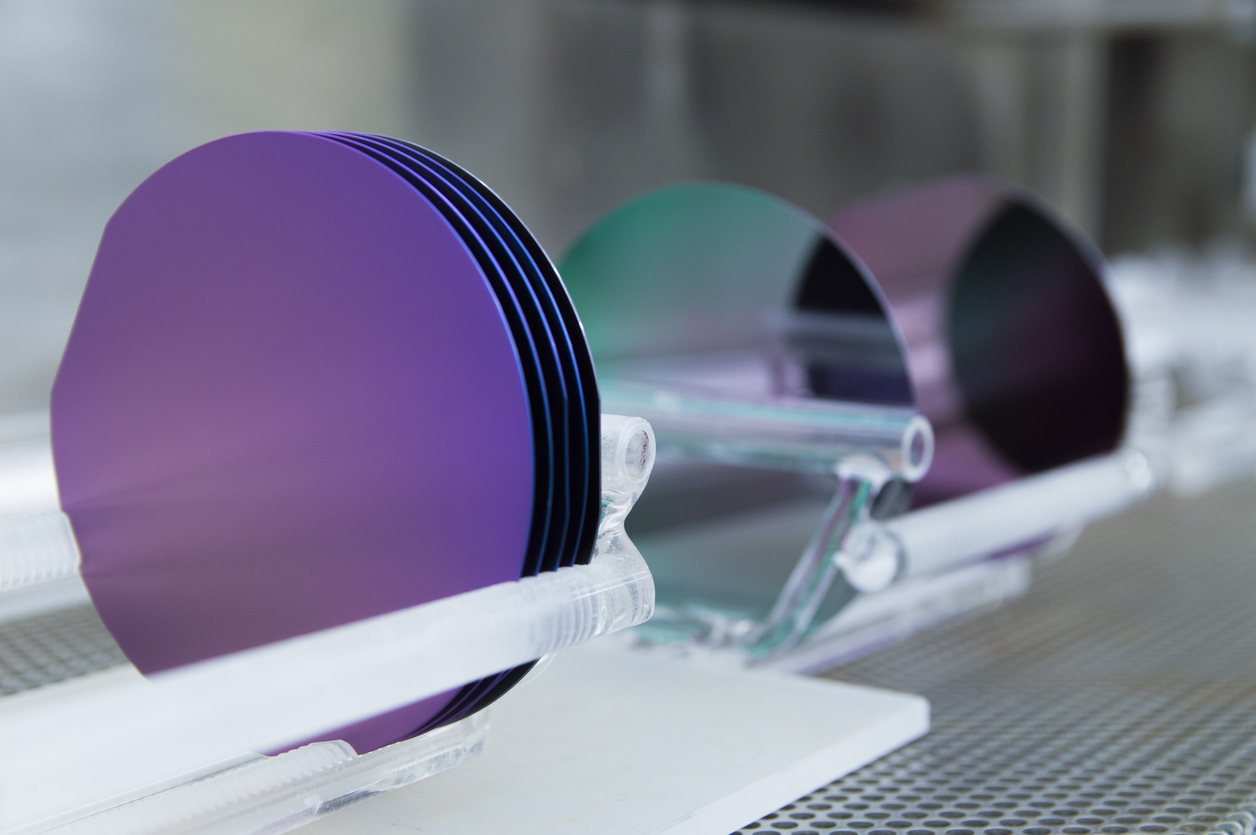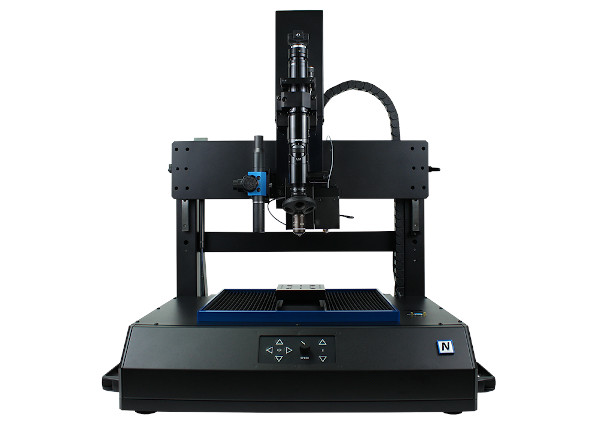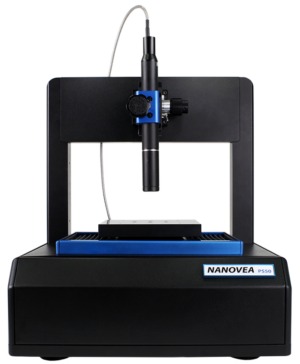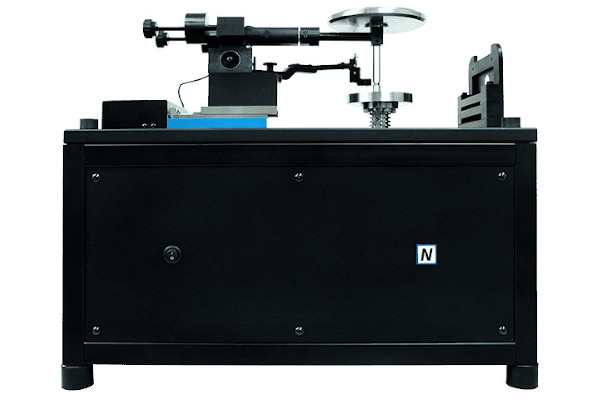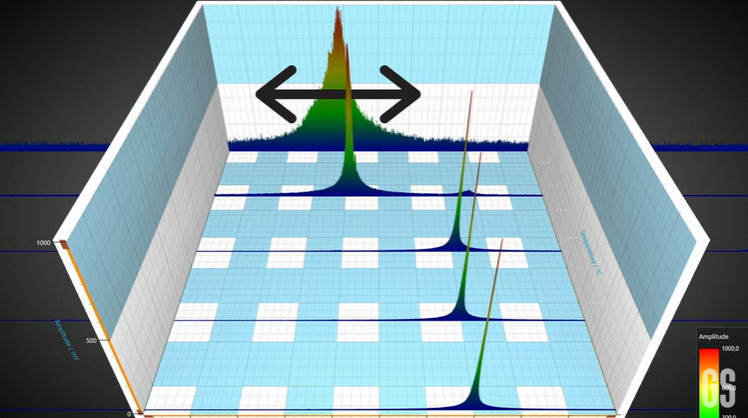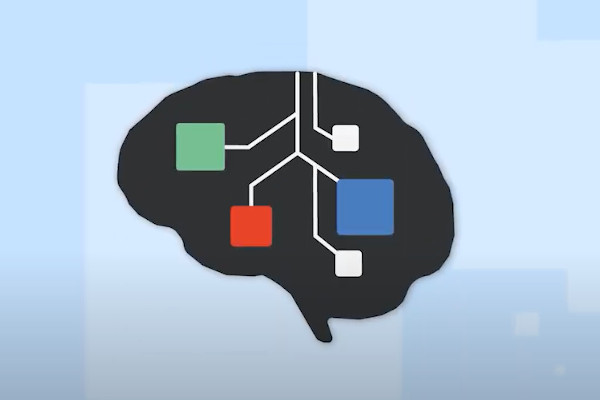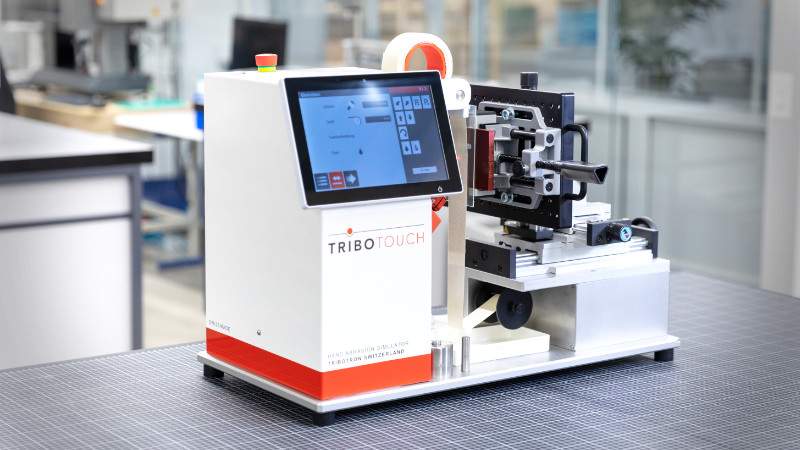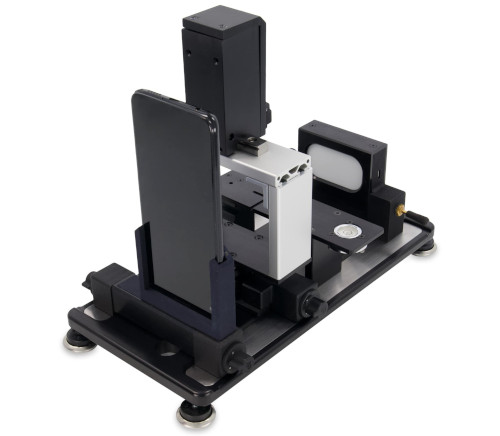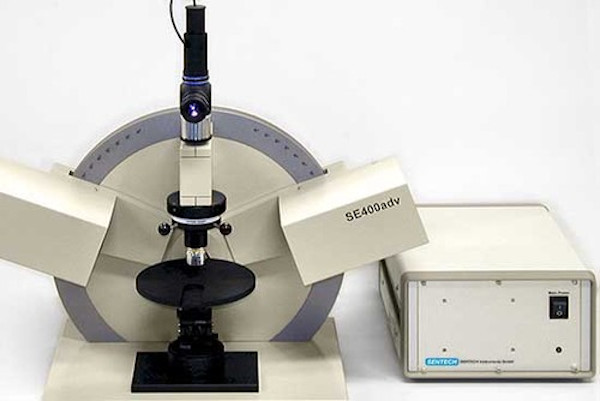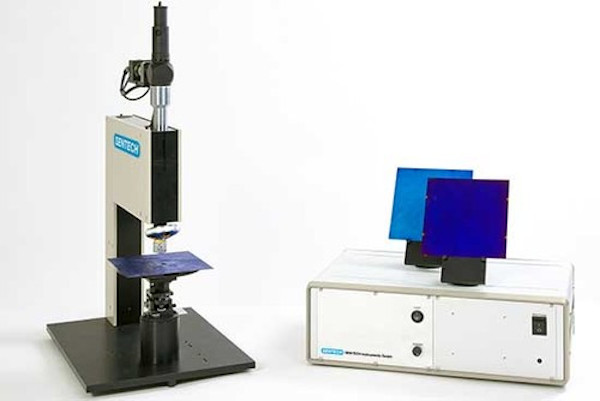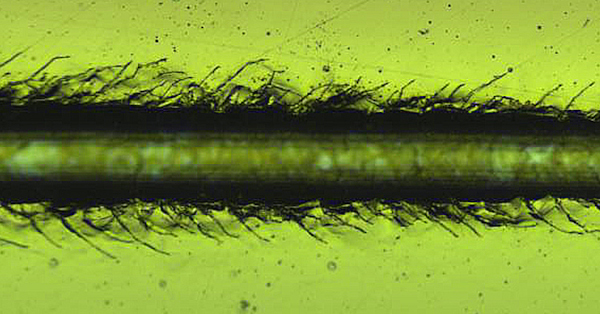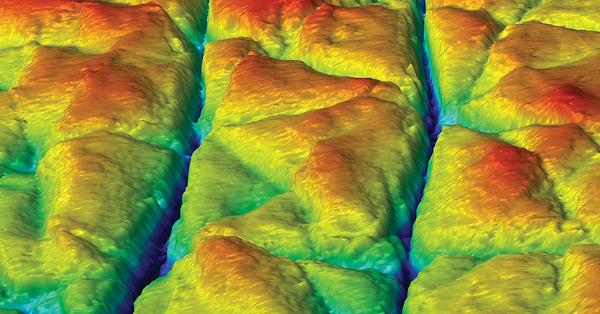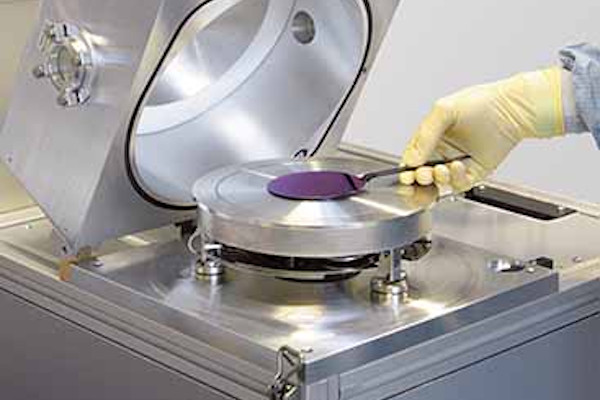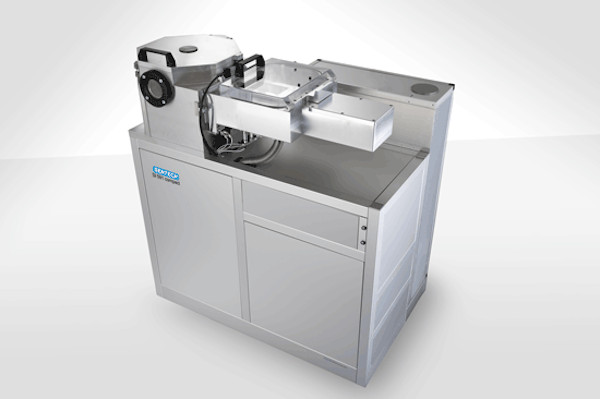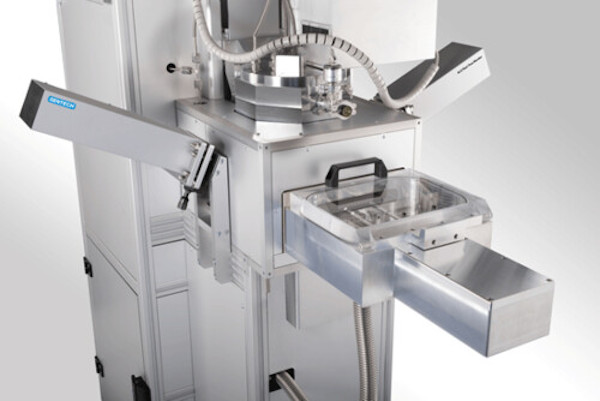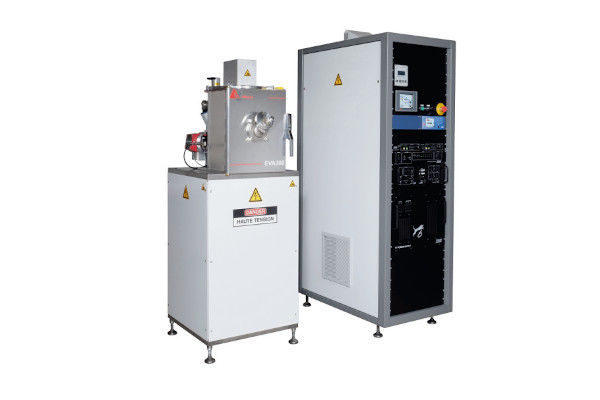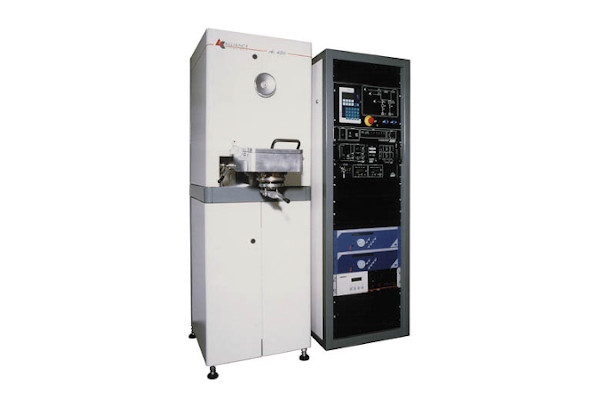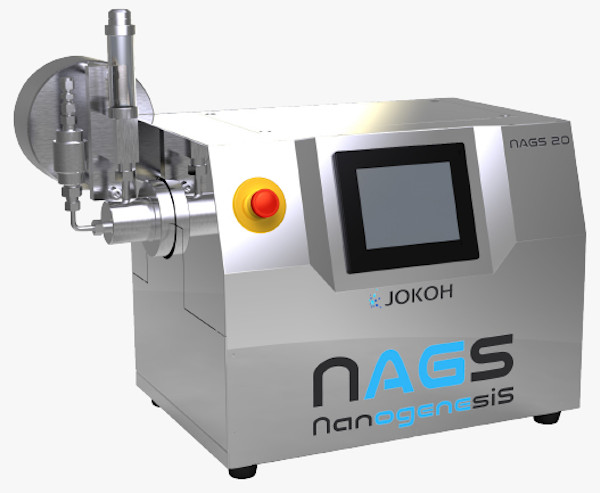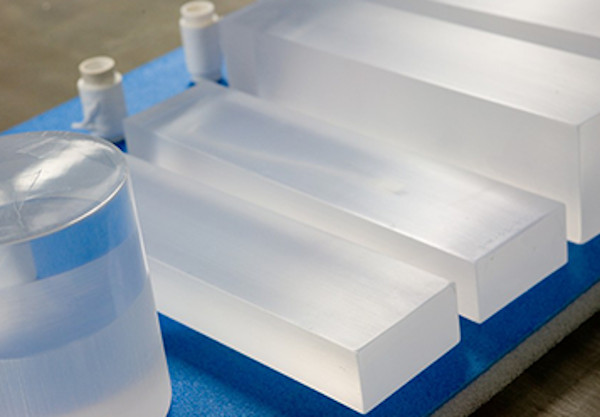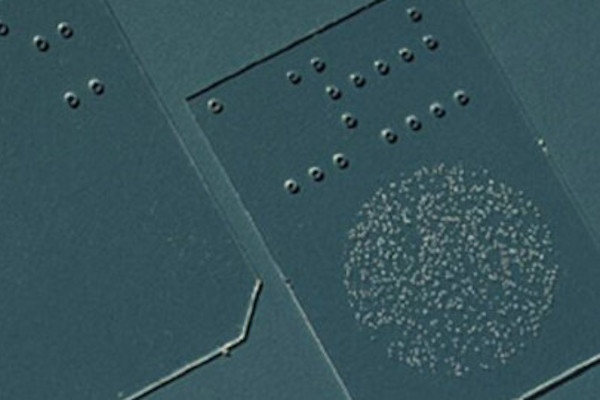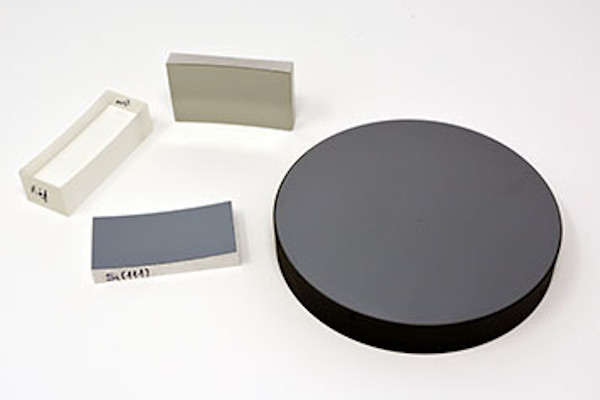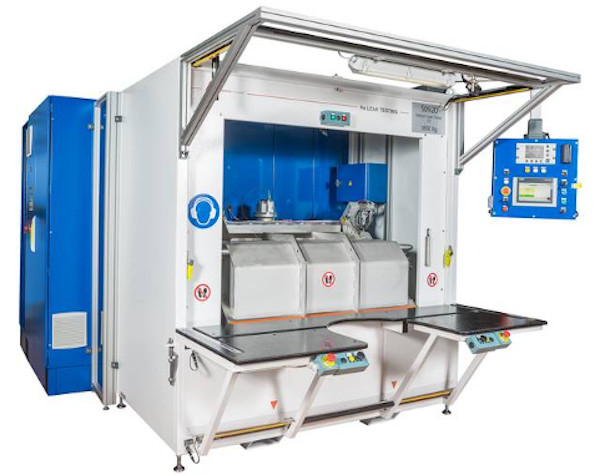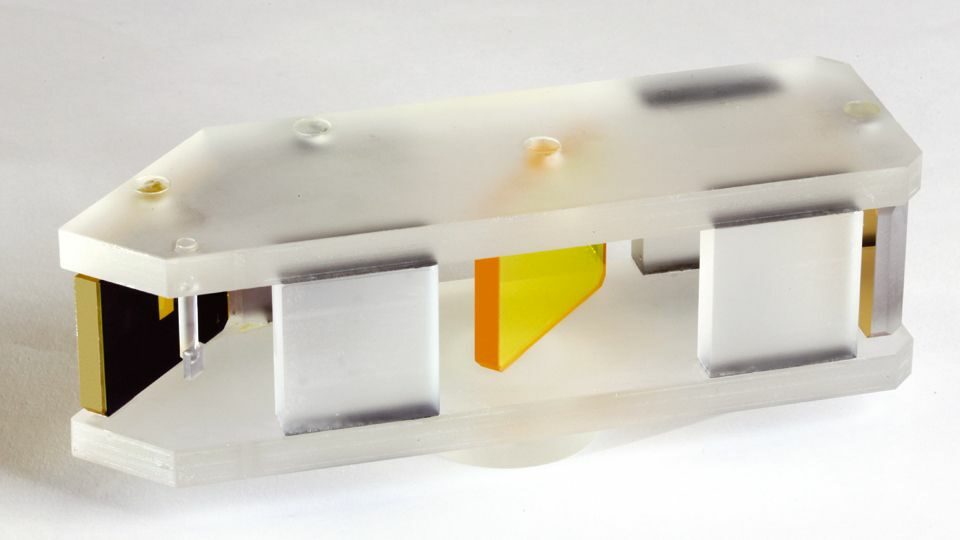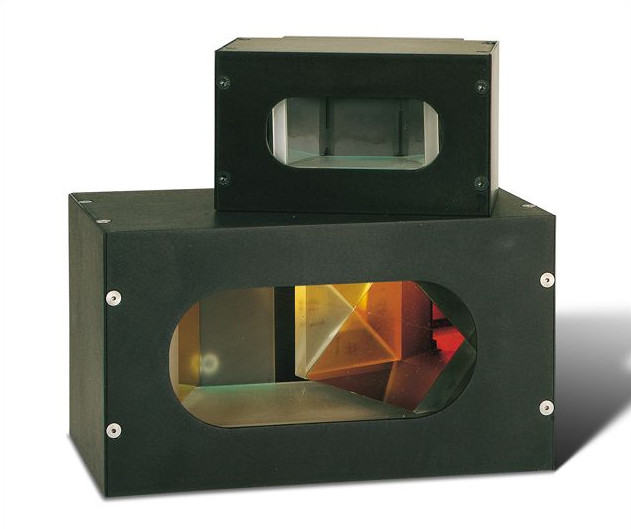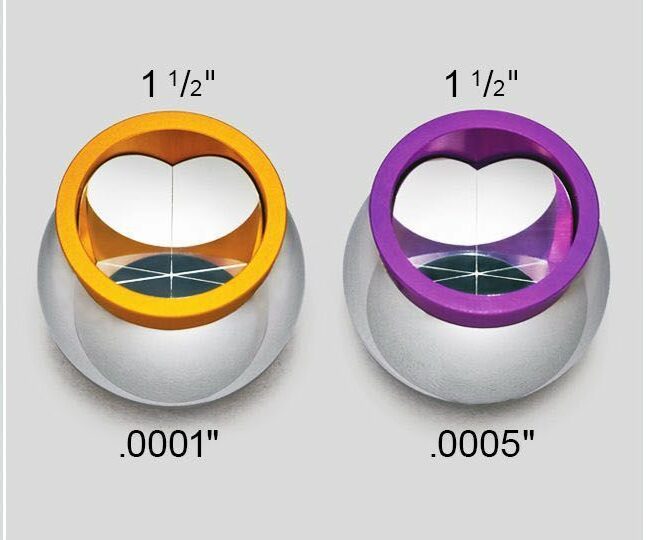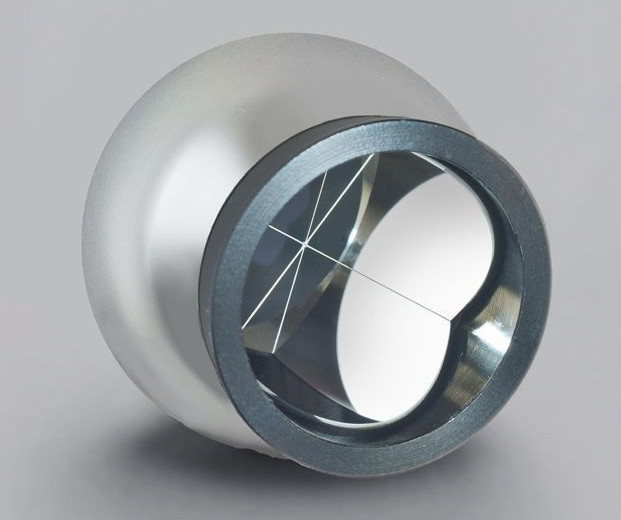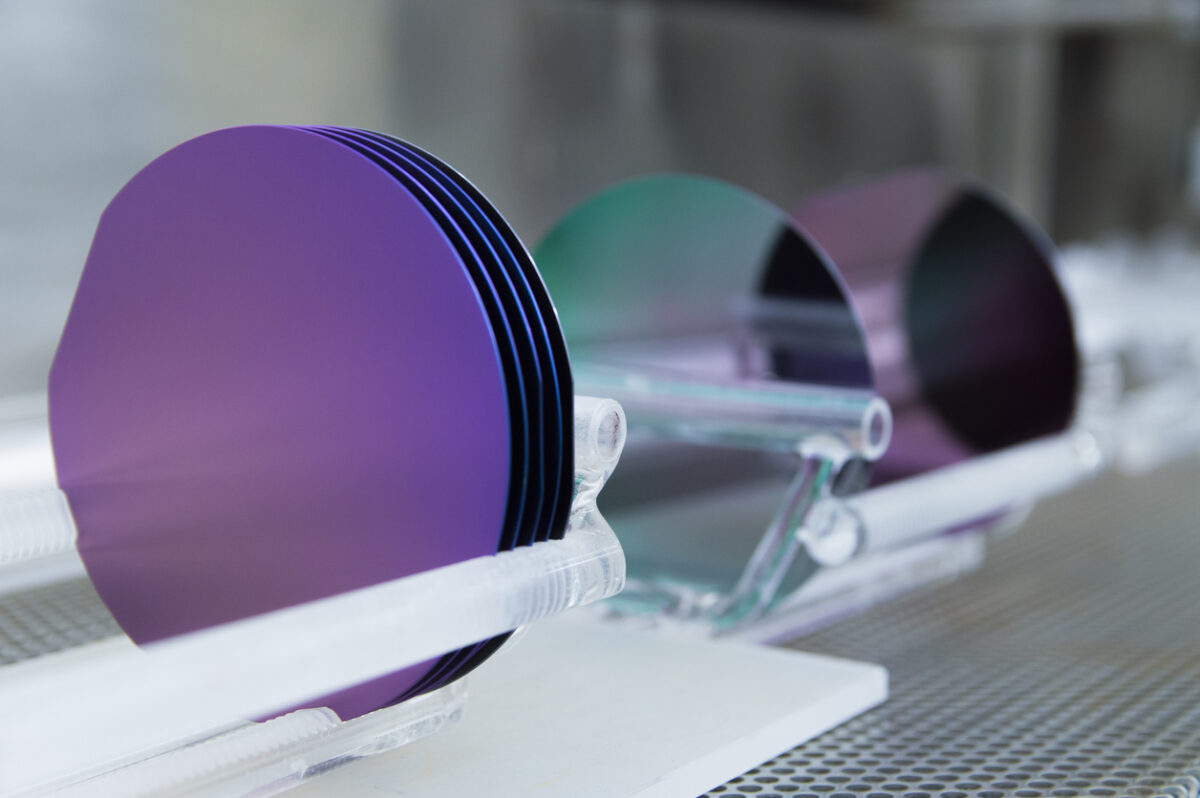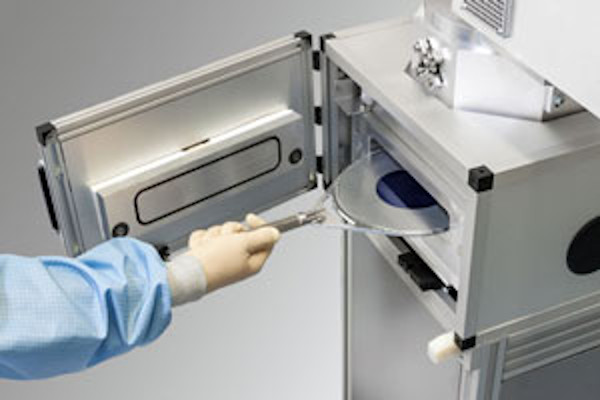Imagine a world without smartphones, computers, or even LED lights. It’s hard to picture, isn’t it? Yet, none of these marvels of modern technology would exist without semiconductors. These incredible materials form the foundation of virtually every electronic device we use today. From the silicon in microchips to the gallium nitride in high-efficiency LEDs, semiconductor materials are at the heart of innovation. In our latest insights article, we delve deeper into semiconductors, outlining what they are and how they are used.
Let’s start with silicon.
Silicon doesn’t just make up over 25% of the Earth’s crust, it’s also the most widely used semiconductor material. Despite this abundance, it wasn’t until the mid-20th century that scientists began to harness silicon’s properties for electronics – leading to the creation of the first integrated circuits in the 1960s, which revolutionised computing and paved the way for the digital age.
Semiconductors have a unique property.
Their ability to conduct electricity can be precisely controlled. This behaviour falls between that of conductors like copper and insulators like glass, hence the name “semiconductor.” By introducing impurities into the material through a process called doping, engineers can manipulate its electrical properties to create diodes, transistors, and other essential components of electronic circuits. They are now the backbone of countless technologies that define modern life. The central processing units (CPUs) in computers and smartphones rely on billions of microscopic transistors etched onto semiconductor chips to perform calculations at lightning speed. Wide bandgap materials like silicon carbide (SiC) and gallium nitride (GaN) are revolutionising power electronics, enabling more efficient electric vehicles, renewable energy systems, and high-speed chargers. And compound semiconductors like indium phosphide (InP) and gallium arsenide (GaAs) are key to high-resolution displays, fibre-optic communication, and advanced laser systems.
Semiconductors have transformed industries far beyond consumer electronics.
- Healthcare: Semiconductor sensors are at the core of wearable devices, enabling real-time health monitoring and diagnostics.
- Automotive: The rise of electric and autonomous vehicles depends on semiconductor technology for power management, radar, and artificial intelligence.
- Energy: Photovoltaic cells in solar panels rely on semiconductor materials like silicon to convert sunlight into electricity.
- Telecommunications: Semiconductors enable the high-speed data transmission and processing required for 5G networks and beyond.
Constant innovation and the pace of technological change makes it difficult to keep track of industry and market developments. Businesses and researchers in a range of sectors need high-quality semiconductor materials with processing and metrology equipment that consistently meet industry standards to help them keep up. Mi-Net’s 40 years of expertise can provide a guiding light to companies hoping to make more sense of the semiconductor industry. Mi-Net’s diverse product line can support firms in a range of applications, whether they need consumables, semiconductor processing tools, or tools for thin film metrology.
The future of semiconductor materials is as bright as ever. As devices continue to shrink and demands for efficiency grow, the industry is exploring materials like graphene and transition metal dichalcogenides (TMDs) for their extraordinary electrical properties.
So, the next time you swipe your phone or flick on an energy-efficient light, take a moment to appreciate the humble semiconductor. It’s the tiny material making a massive impact.
